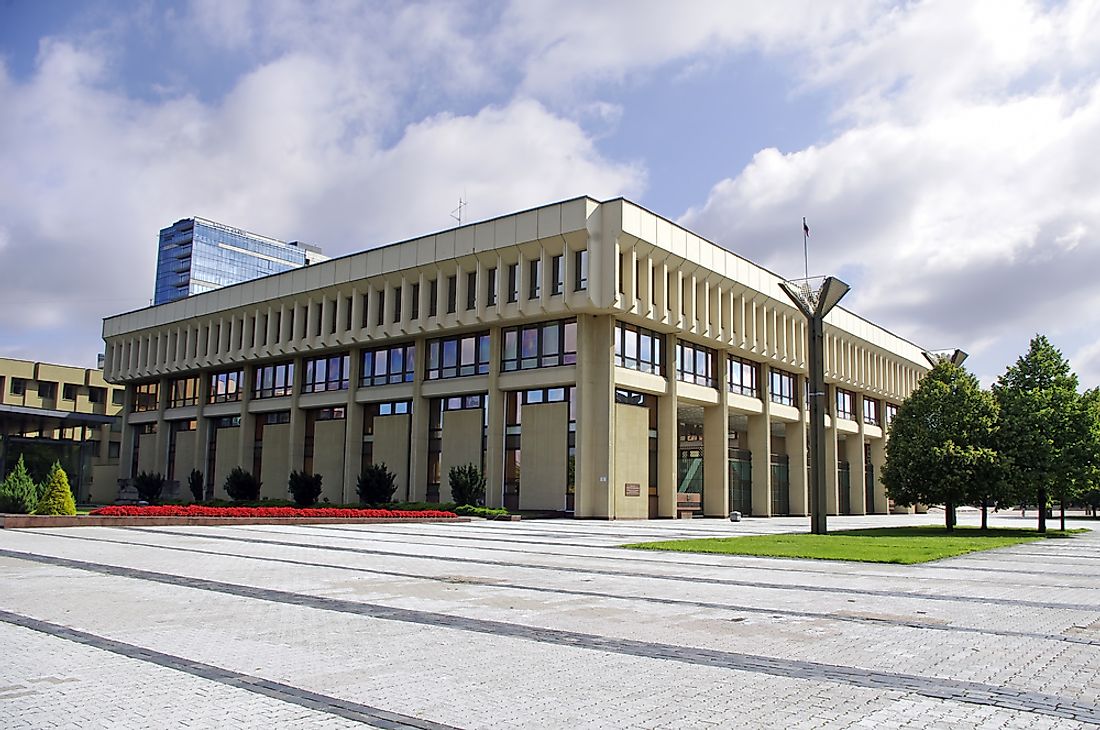What Type Of Government Does Lithuania Have?

The Republic of Lithuania is a Northern European country and one of the Baltic States located along the southeastern shores of the Baltic Sea. It was the first Soviet Republic to attain its independence leading to the restoration of the independent state of Lithuania. Since its independence on March 11, 1990, Lithuania has maintained a strong democratic tradition. It held its first independent general election in October 1992 in which the majority supported the country’s new constitution. A separate referendum was held in May 1992 in which the restoration of the President of Lithuania was supported by 41% of the voters leading to the setting up of a semi-presidential system.
The Government Of Lithuania
The current government of Lithuania is the 17th government since the country attained its independence in 1990. The president of Lithuania is the head of state and he or she is expected to serve for a maximum of two five-year terms. The current president, Dalia Grybauskaite, is serving her second term having won the 2014 election. The president oversees the international affairs and is also the commander-in-chief of the country’s military. The cabinet of Lithuania is headed by the prime minister who is an appointee of the president. The prime minister nominates the rest of the cabinet and other top civil servants and judges of all the courts in the country. The premier serves with 14 ministers who are in-charge of several ministries including agriculture, culture, economy, education, energy, and finance among other ministries. When the prime minister is not available or is unable to carry out his responsibilities the president may appoint one of the ministers to act in his place but for not more than 60 days.
The Role Of The Government Of Lithuania
The government of Lithuania exercises the executive power in the country as defined by the Constitution of Lithuania. The government supervises the affairs of the country, ensures order and security in the country, and executes laws and resolutions passed by the Seimas. The government coordinates the activities of the 14 ministries and other government institutions and agencies. The president through the government establishes diplomatic relations and maintains ties with foreign states. The government appoints the diplomatic representatives to foreign countries who must be approved by the president. Locally, the government appoints municipal representatives who implement the government policies at the municipalities. The government is accountable to the Seimas while the ministers are responsible to the president and the Seimas. The government submits to the Seimas an annual report on its activities and budget.
Government Formation And Transition
After the election of the president or the Seimas elections, the government is expected by law to return its mandate to the president. The return of the mandate allows the president to verify whether the government still enjoys the support of the Seimas or not. The government is expected to resign if the Seimas declines to approve the program of the newly-formed government, when the premier dies or resigns, or when the Seimas expresses no-confidence in the Government. Once the government resigns, the president appoints a new prime minister who is approved by the Seimas. The prime minister then appoints ministers who must be approved by the president.







